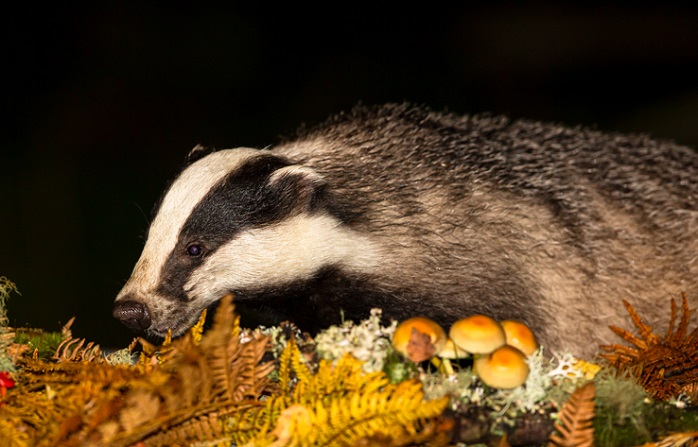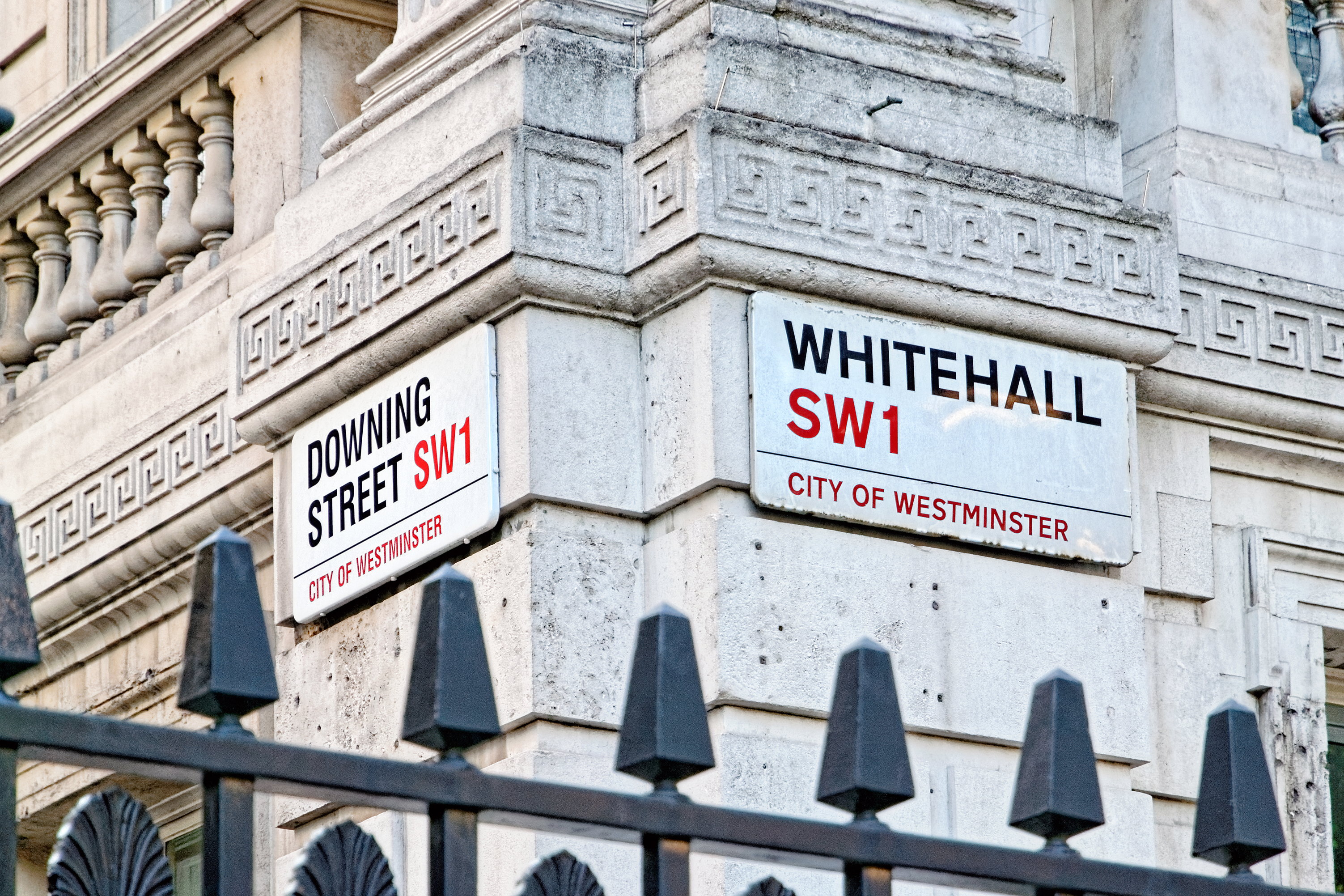What is badger culling?
In select circumstances, a proportion of animals are killed to reduce the total population size of the species. This practice is known as culling.
In the United Kingdom there are estimated to be between 250,000 and 400,000 badgers. This amounts to a quarter of the world’s population of badgers.
In the United Kingdom, culling badgers is permitted under licence in designated areas.
Badgers are culled specifically so to control the incidence of bovine tuberculosis (tb), a disease that kills cattle and impacts on farmers. Bovine tb is said to be contracted and spread by badgers.


In 2011, the Government’s Department for Environment, Food and Rural Affairs (Defra) confirmed there was low risk of human beings contracting the disease from dairy milk. This is due to measures such as milk pasteurisation and the BCG vaccine – the vaccine primarily used against tuberculosis.

The issue of badger culling has been at the centre of fierce scientific arguments in recent years.
The case for badger culling
Bovine tuberculosis bacteria spread through contaminated pasture and manure.
The urine of infected badgers contains a high proportion of active bacteria, resulting in a high infection rate of 4-6%. When a badger becomes infected, the bacteria may be transmitted to cattle.
Supporters of badger culling include the National Farmers Union. Farmers Groups have stressed the necessity of reducing bovine tuberculosis so to reduce the pressure and financial impact on farmers.
Badger culling programmes that reduce bovine TB are also presented as a way of reducing the cost on taxpayers.
Farmers receive compensation for infected cattle which are slaughtered following a positive tuberculosis result. In 2010-11, almost 25,000 cattle were slaughtered in England after contracting bovine tuberculosis. According to DEFRA, the estimated cost of disease control to the taxpayer was some £91 million; 90% of this was attributed to government-funded cattle testing programmes and compensation to farmers.
The case against badger culling
The most vocal objections to badger culls come from animal welfare groups. These include the RSPCA, People for the Ethical Treatment of Animals (PETA), The Badger Trust and Humane Society International. Their overarching stance is that the arbitrary slaughter of animals is unjustified.
Under a badger cull, badgers are also shot before having been tested for tuberculosis, which implies that healthy and infected badgers are targeted in equal measure.
These groups lobby for the Government to abandon lawful badger culls in exchange for more humane means of controlling the disease. Such alternatives programmes include regular testing on cattle, badger and cattle vaccination, and limiting the movement of cattle to isolated areas.
Where badger culling has gone ahead, animal rights activists take particular issue with termination techniques. The Badger Trust have suggested that as many as a fifth of badgers took more than five minutes to die when shot at from afar.
Opponents of badger culling also point to the cost of the badger culling programme. They frequently take issue with those scientific claims that suggest badger culling does materially impact on the levels of bovine tuberculosis in cattle.
A history of badger culling in the UK
In the mid-1900s, it was widely thought that bovine tuberculosis had been eradicated in the UK. This assumption was dashed in 1971 when a population of infected badgers was discovered in Gloucestershire.
From the late 1980s, the disease became increasingly prevalent throughout England and Wales. This was attributed to a lack of badger control.
Between 1998 and 2005, the Government launched Randomised Badger Culling Trials (RBCT) and reviewed their impact on controlling the incidence of the disease.
Data gathered from the trials revealed that culling reduced the incidence of bovine tb by 19% in sampled areas. However, this coincided with a 29% increase within 2km of the culling area; a ‘perturbation effect’, whereby culling encourages the migration of badgers to new territories.
In 2007, the then Secretary of State for Environment, Food and Rural Affairs, David Miliband, stated that the overall benefits of culling were “unlikely to contribute usefully to the control of cattle TB in Britain.”
Miliband’s successor Hilary Benn refused to licence a badger cull, but committed to alternative measures such as a £20 million contribution to developing livestock vaccines.
Following the 2010 general election, badger culls re-emerged. The newly appointed Secretary of State for the Environment and Agriculture, Caroline Spelman, initiated a controlled culling programme in the UK’s worst-affected areas as part of the new Bovine TB Eradication Programme for England.
In response to this, MPs voted 147 in favour (with 28 against) of a motion to stop the cull. The vote followed a petition which had amassed around a quarter of a million signatories by June 2013.
Nonetheless, in August 2013, culls were formerly authorised in Somerset and Gloucestershire to reduce the badger population by 70% in each designated area. The Government inferred from the trials that a sustained cull could bring about a 9-16% reduction in tuberculosis incidence over a period of nine years.
Following additional trials in 2014, Defra noted the need for “continued training of contractors, to ensure high standards of effectiveness, humaneness and safety”.
In response to growing protest, the Government later voiced plans to phase out culls in preference for cattle and badger vaccination schemes. This pledge was supported by scientific breakthroughs in tests to be trialled alongside the existing vaccines. This is thought to resolve the previous downfall whereby vaccinated animals could not be differentiated from those carrying the disease.
Despite these developments, the government confirmed its plans to extend the cull to 11 new areas in 2019. These culls were to span 40 regions from Cornwall to Cumbria. The chief executive of the Badger Trust, Dominic Dyer, referred to the plans as “an unforgivable act of ecological vandalism”.
In the Autumn of 2020, the Government’s announced a repeal of the planned Derbyshire cull. Many have speculated that this U-Turn might be related to the influence of the Prime Minister’s partner, Carrie Symonds. Carrie Symonds, now Carrie Johnson, is a vocal animal rights defender and patron of the Conservative Animal Welfare Foundation.
Quotes
“It’s almost beyond belief that the government is blundering ahead with a second year of inept and barbaric badger killing.” Brian May, guitarist of the band Queen and leading badger cull opponent.
Responding to the limited success of the 2013 culling trials, Owen Paterson, the then Environment Secretary famously claimed that “the badgers moved the goalposts”.
Statistics
According to the RSPCA, the infection rate of bovine tuberculosis among badgers is 4-6%.
According to Defra, the estimated average cost of a bovine TB breakdown on a UK farm is £34,000. In the past ten years, it has cost the taxpayer £500 million to control the disease in England.










